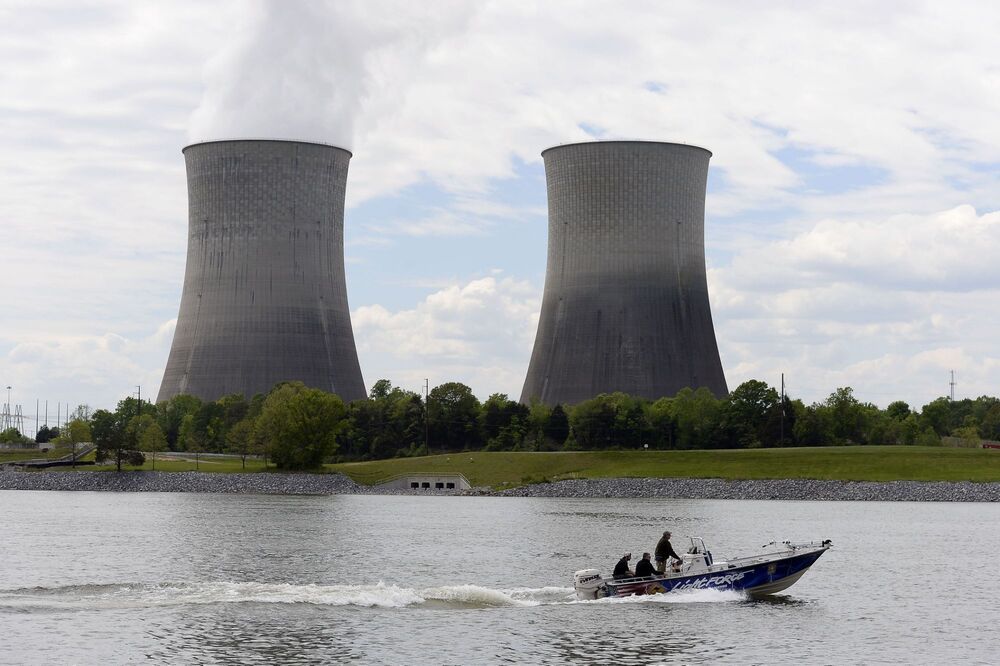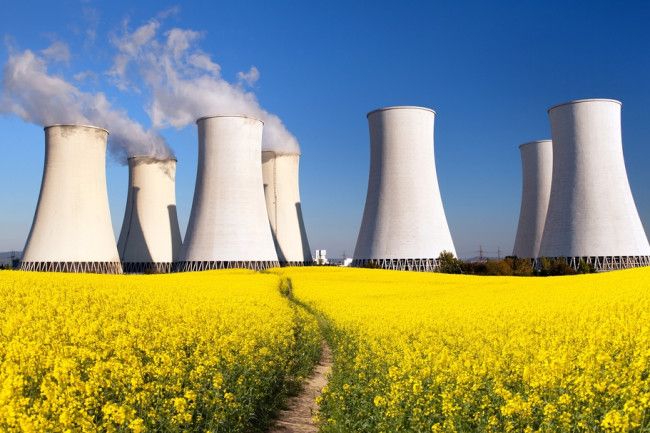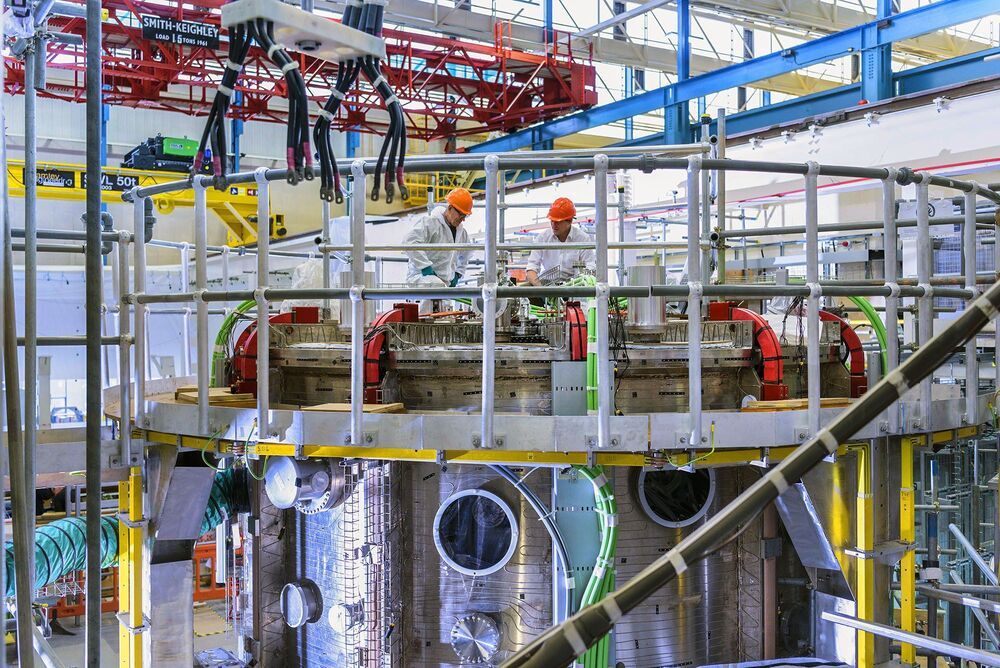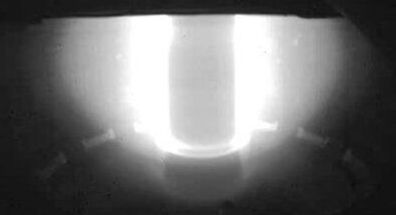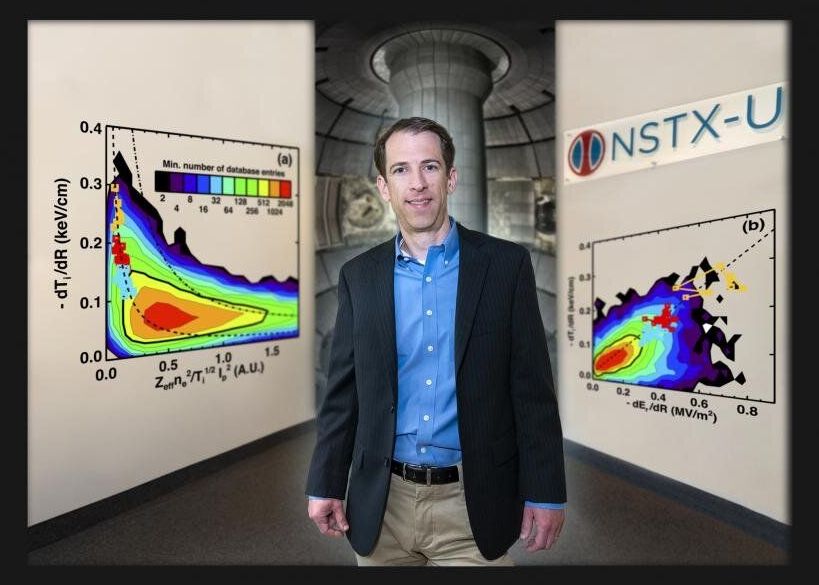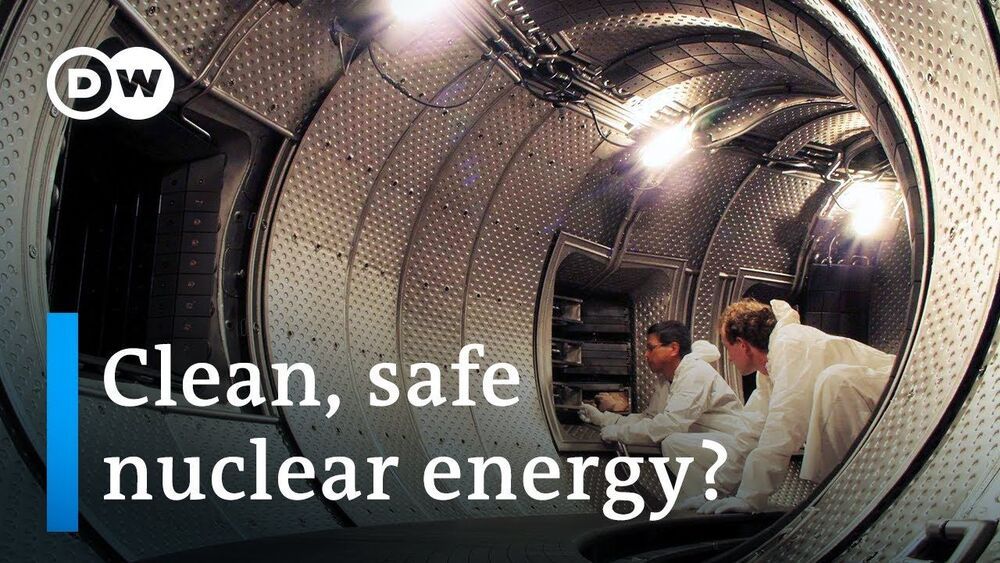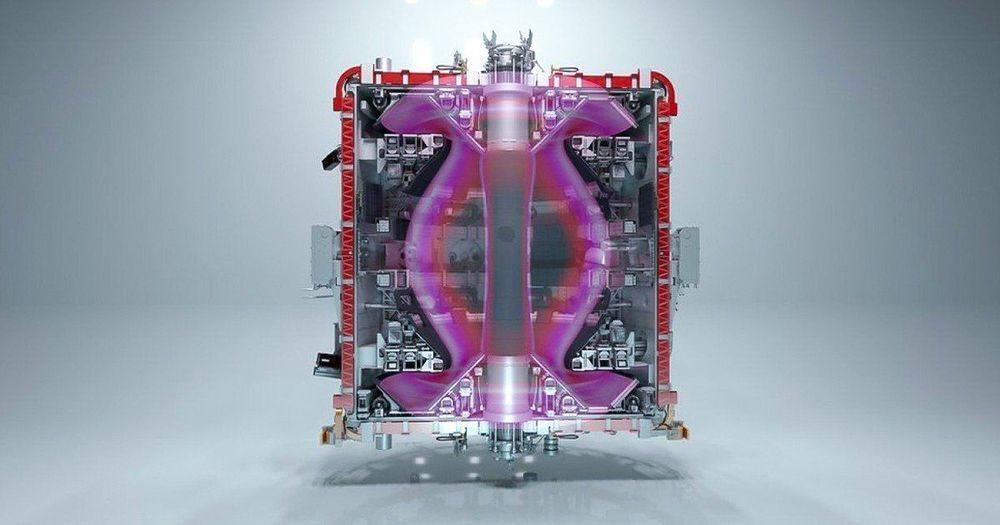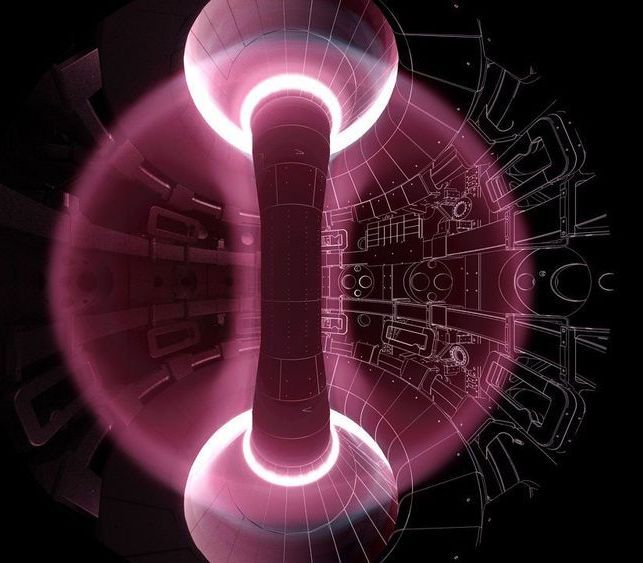Nov 14, 2020
The World Needs Nuclear Power, And We Shouldn’t Be Afraid Of It
Posted by Derick Lee in categories: information science, nuclear energy, sustainability
Although many different approaches have been proposed to address this problem, it’s clear that any sustainable, long-term solution will include one important component: a transition to energy sources that don’t result in additional carbon dioxide emissions. While most of the ideas put forth — such as the hypothetical Green New Deal — focus on renewable energy sources like solar and wind power, there’s another option that we should seriously reconsider: nuclear fission power.
As we embrace green solutions, nuclear should absolutely be part of the equation.

